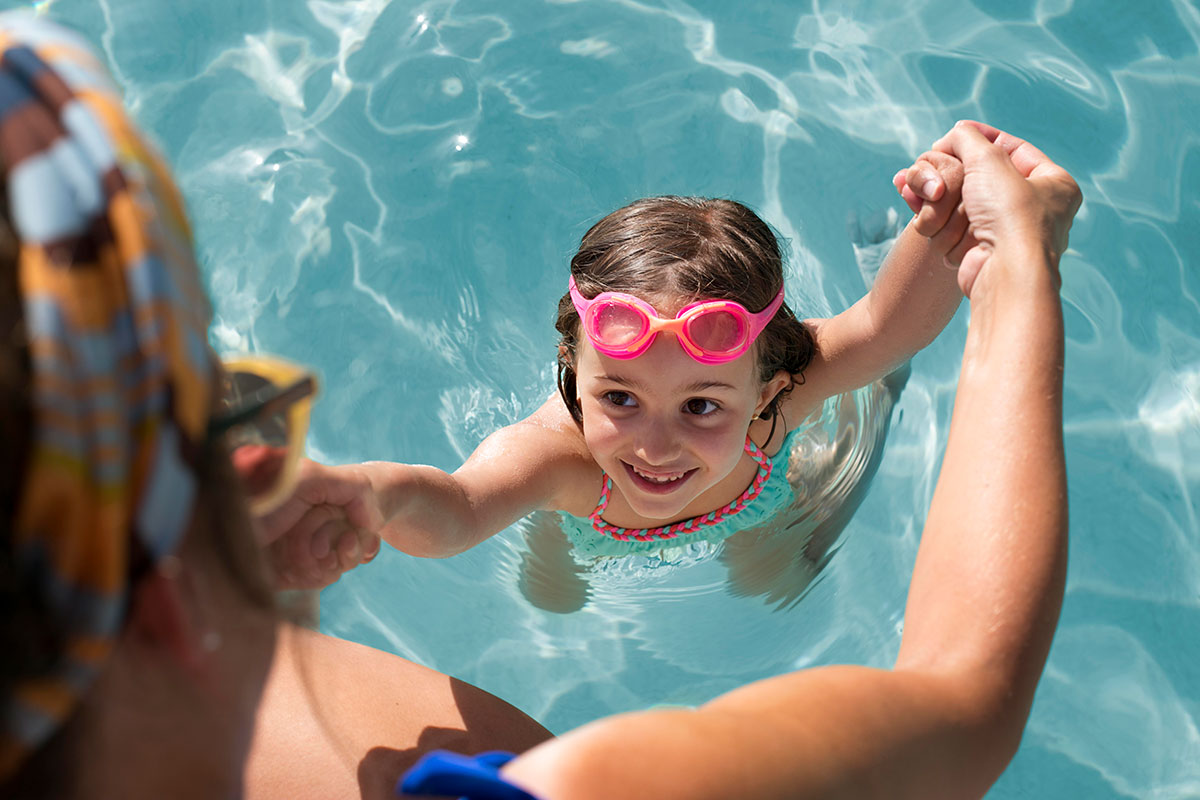
Summer is the time when many parents and their children head to the water for a vacation. The sun, beach, and water are perfect for relaxation and fun, but it's important to remember that water also carries certain risks. Parents and guardians are primarily responsible for ensuring children's safety around water. Check out the most important rules and tips for spending time safely by the water.
Basic water safety rules
Water recreation is one of the most popular forms of relaxation, especially during the warm summer months. Whether you're going to a lake, river, or seaside, safety should always be a priority. Children should also always be supervised by adults when visiting swimming pools and water parks. Even small garden pools can pose a risk to a child's health and life. Here are some basic safety rules to start with.
Permanent adult care
The most important rule is that children should never be left unattended near water. Even a moment's inattention can lead to tragic consequences. Children should always be supervised by adults who can react quickly if necessary.
Swimming lessons
It's worth ensuring that children attend swimming lessons from an early age. Knowing how to swim significantly increases safety around water and allows them to more freely enjoy its delights.
Using the right equipment
Children who cannot swim well should use life jackets. Inflatable rings or armbands do not always provide sufficient protection and may be unreliable.
Education about threats
It's important for children to be aware of the dangers of water. It's important to teach them that water is no place for jokes and that they should exercise caution, especially in unfamiliar waters.
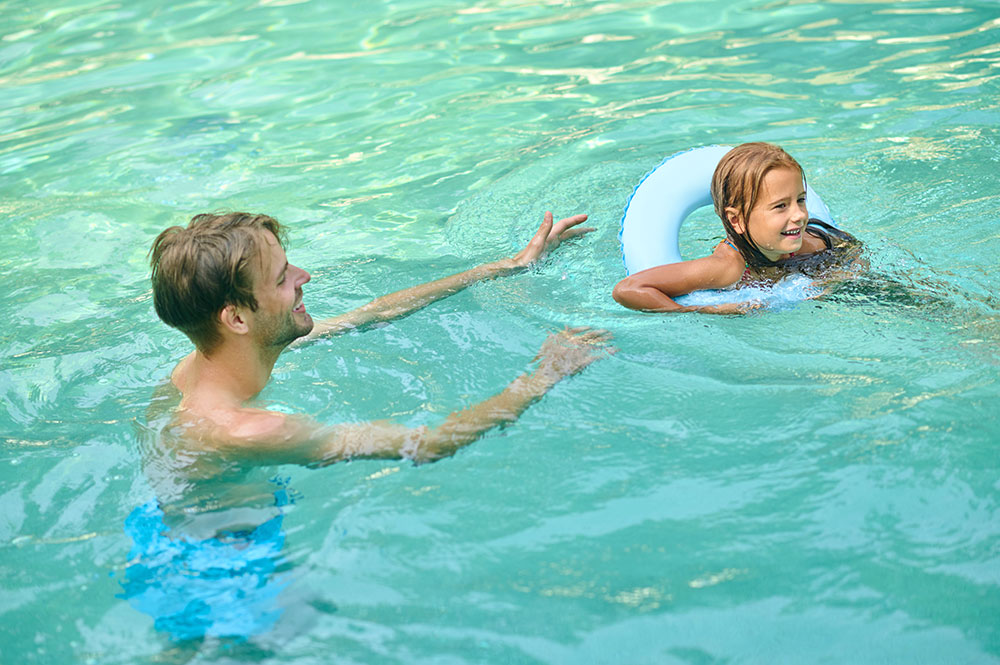
A safe place to swim
Choosing a safe swimming spot is crucial to ensuring a successful and safe water experience. Water can harbor many hazards, such as currents, rocks, and debris, so it's important to thoroughly inspect your chosen spot before diving in. Good preparation and awareness of potential dangers will help prevent accidents and make swimming a pleasant experience for the whole family.
A selection of guarded beaches
It's best to choose guarded beaches, where lifeguards are on duty. The risk is much lower there, and help can be quickly obtained if necessary.
Checking the bottom
Before diving in, it's a good idea to check the bottom of the water. Avoid areas where the bottom is uneven, rocky, or full of seaweed, which can pose a hazard.
Markings and signals
It's important to pay attention to all warning signs and signals. Flags displayed by lifeguards provide information about current water conditions and should be strictly respected.
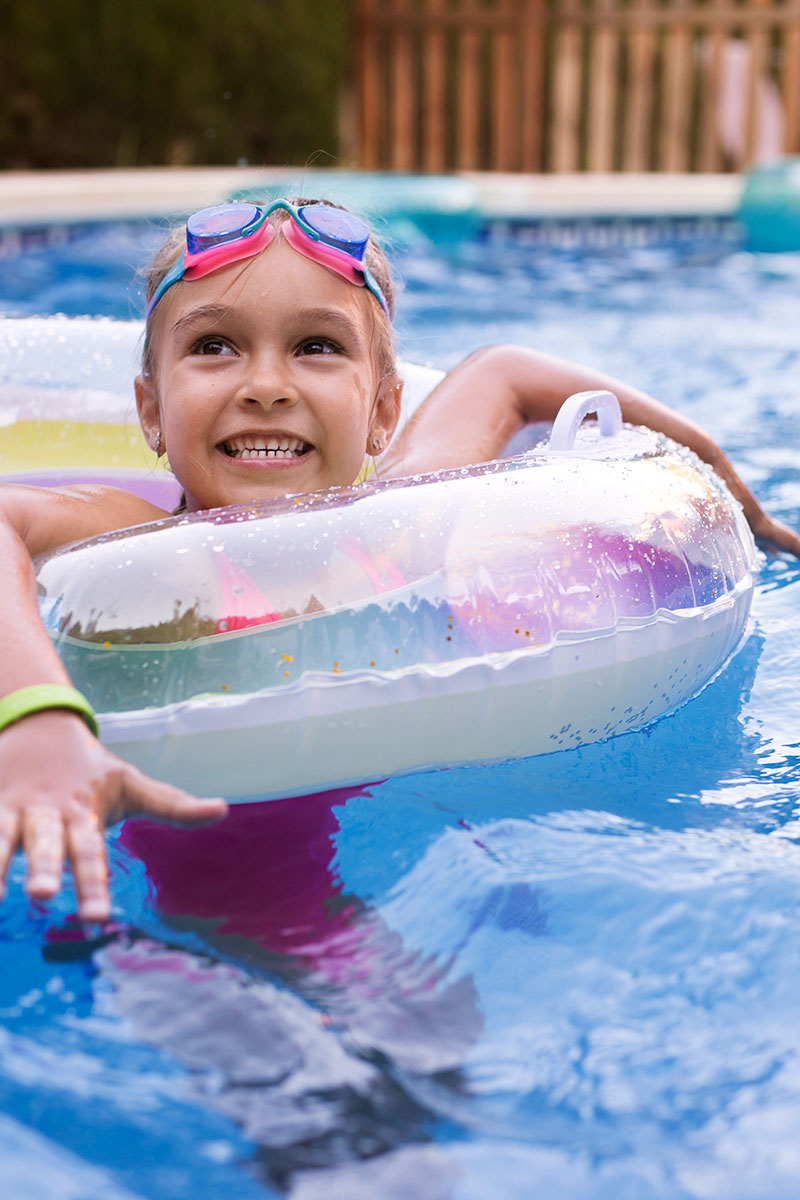
Rules for safe swimming
Safe swimming involves not only knowing how to handle water, but also knowing and following specific rules that help avoid dangerous situations. Whether swimming in a pool, lake, river, or sea, responsible behavior and awareness of hazards are crucial. In this section, we'll present the most important rules of safe swimming that everyone should know and follow to enjoy water activities safely and responsibly.
Don't jump into the water headfirst
Make your child aware that water acrobatics without skill or knowledge of the terrain can end in disaster. Jumping headfirst into water can be very dangerous, especially in unfamiliar places where the water depth is unknown. Even seemingly deep water can hide dangerous obstacles.
Do not swim after eating a meal
Swimming immediately after a meal can lead to cramps and other health problems. It's recommended to wait at least an hour after eating before entering the water.
Avoid swimming in difficult conditions
Avoid swimming in strong currents, large waves, or areas with whirlpools. These conditions can be dangerous even for experienced swimmers.
Encourage safe water play
Children may not realize the serious consequences of water play. Teach them that "games" like waterboarding siblings are dangerous and that water is not the place for such pranks.
Learn to recognize the signs of drowning
A common myth instilled in us by movies is the image of a drowning person screaming and waving for help. However, the truth is that people drown silently. Monitor your child closely and respond to any alarming signs, such as tightened facial muscles, glassy eyes, or floating just above the water with their head tilted back.
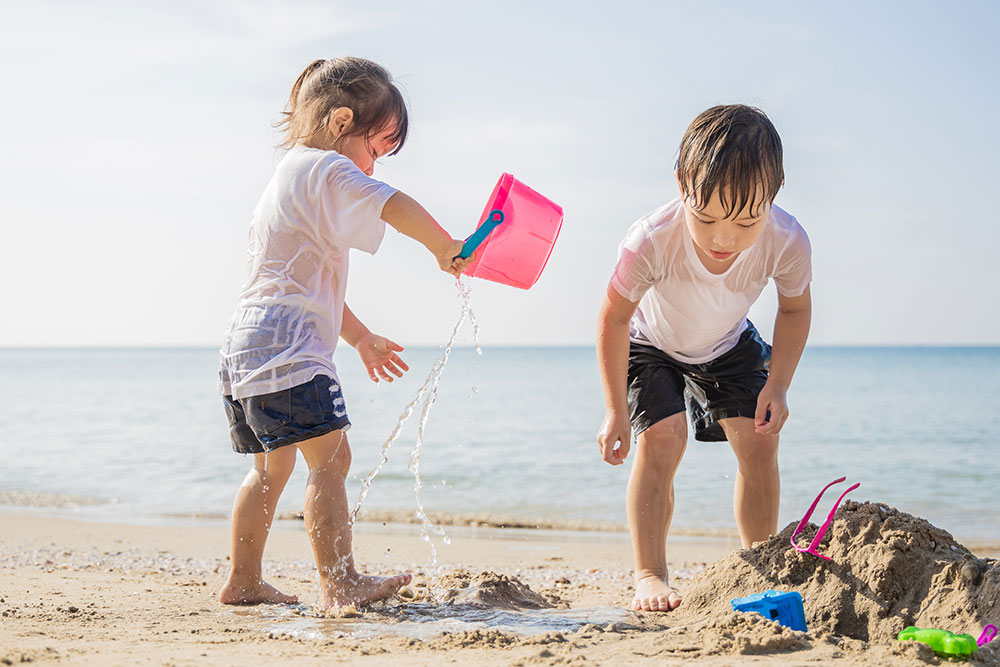
First aid
First aid is a set of actions that each of us should know and be able to perform in a situation where the health or life of another person is at risk. Providing first aid appropriately and promptly can save lives and prevent further health complications. It is crucial to remain calm, quickly assess the injured person's condition, and take appropriate steps in accordance with first aid principles.
Knowledge of first aid principles
Every parent should know the basic principles of first aid, including cardiopulmonary resuscitation (CPR). In an emergency, life may depend on a quick and effective response.
Emergency phone number
It's a good idea to carry a phone with an emergency number saved on it. In an emergency, quickly contacting a paramedic could save a life.
First aid kit
It's always a good idea to have a first aid kit with basic supplies. A tourniquet, bandages, disinfectant, and plasters can be invaluable for minor injuries that might occur at the beach or pool.

Preventing sunstroke and dehydration
Remember to hydrate
Children playing in the sun should drink water regularly to avoid dehydration. It's a good idea to remind your child to drink water periodically, even if they don't express thirst.
Sun protection
In addition to the risks associated with water, it's also important to remember to protect yourself from the sun. Using sunscreen, wearing a hat, and avoiding sun exposure during the hottest hours of the day are basic rules that will help prevent sunstroke.
Appropriate clothing
Children should wear lightweight, breathable clothing that protects their skin from UV radiation. Special swim shirts can further protect the skin from the sun and abrasions.
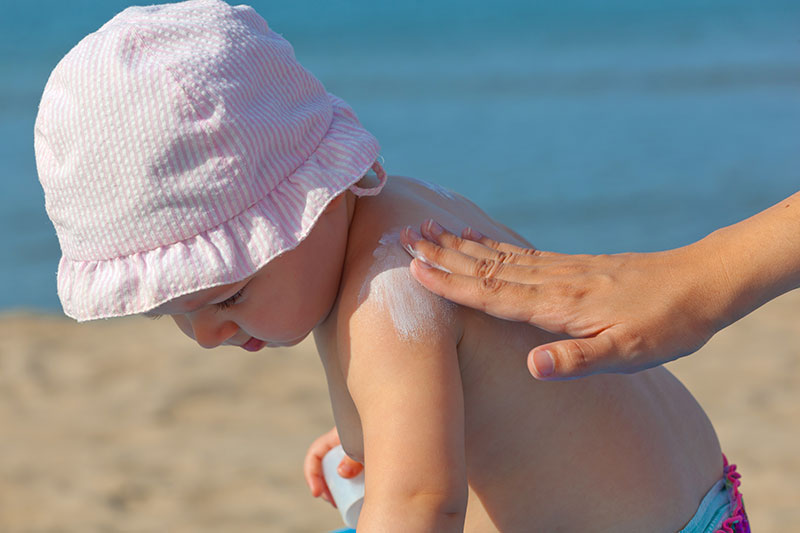
Children's safety around water depends on many factors, but above all, on the awareness and responsibility of parents and guardians. Following basic rules, educating children about the risks, and proper preparation can significantly reduce risk and ensure time spent by the water is safe and enjoyable. Remember that water, while a source of great fun, requires special care and attention.


Podziel się:
How to protect your child from the sun and heat?
How to protect your child from the sun and heat?